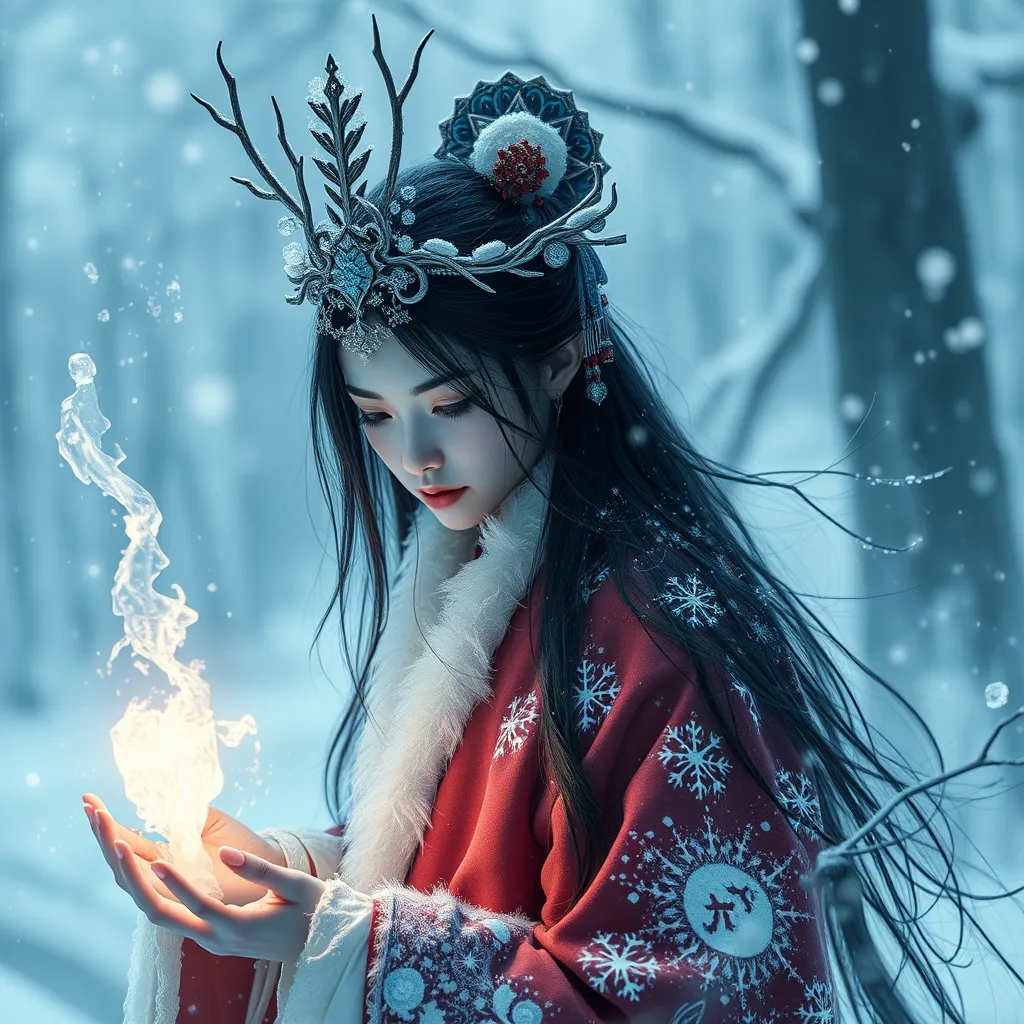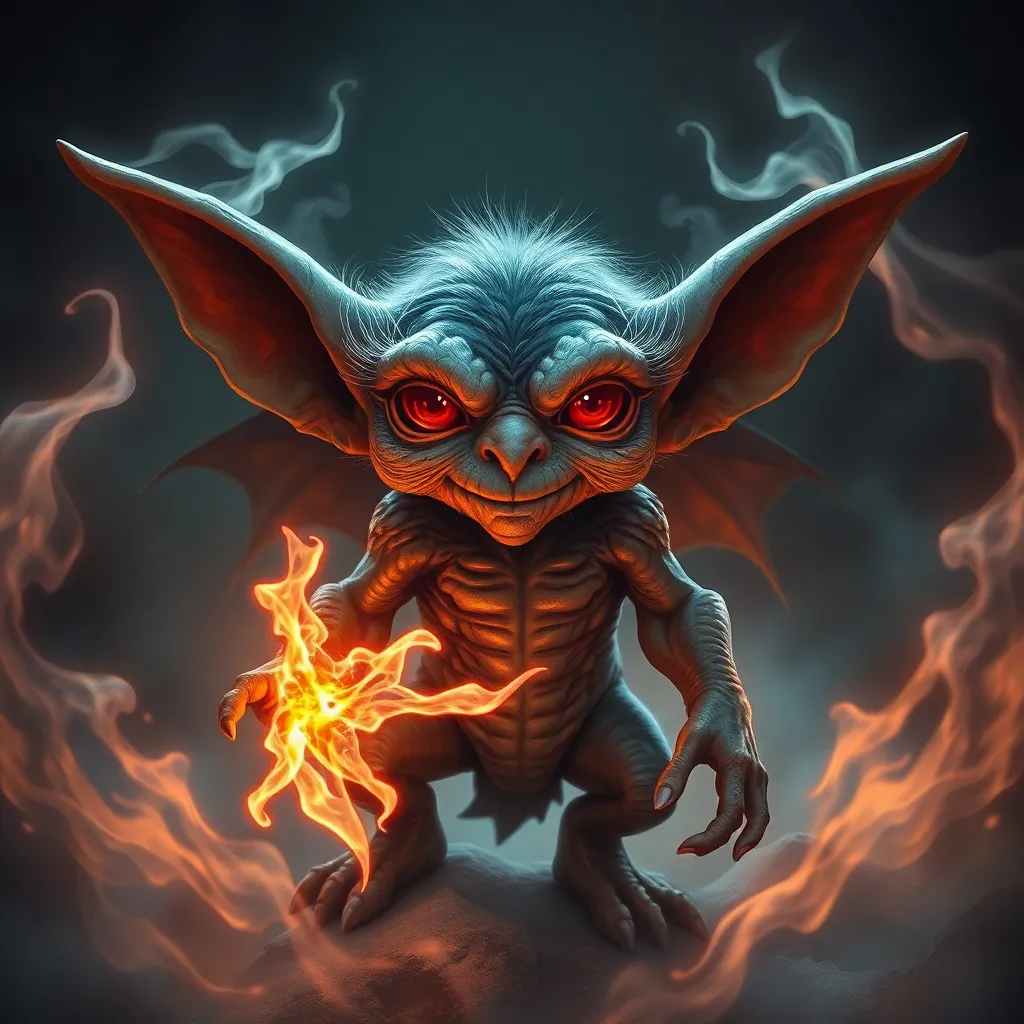The Baku as a Symbol of Protection: Analyzing the Myth’s Role in Fear and Anxiety
I. Introduction
The Baku is a creature from Japanese mythology that is often depicted as a tapir-like being. It is known for its unique ability to consume nightmares and fears, thereby serving as a protective figure for those troubled by anxiety. This article aims to explore the Baku’s role as a symbol of protection against fear and anxiety, delving into its historical roots, psychological significance, and cultural interpretations.
II. Historical Background of the Baku
A. Origins of the Baku myth in ancient Chinese and Japanese culture
The Baku’s origins can be traced back to ancient Chinese mythology, where it was considered a divine creature that could ward off evil spirits and misfortune. In Chinese texts, it was referred to as the “Baku” and was described as a creature that could eat dreams. As the myth spread to Japan, the Baku transformed into a well-known figure in Japanese folklore, embodying both protective and fearsome qualities.
B. Evolution of the Baku’s representation over time
Over the centuries, the representation of the Baku has evolved significantly. Initially depicted as a fearsome beast, it gradually became recognized more for its protective abilities. In contemporary culture, the Baku is often portrayed in a more whimsical and friendly manner, reflecting a shift in societal values towards comfort and emotional security.
III. The Baku’s Symbolism and Characteristics
A. Description of the Baku’s physical appearance and traits
The Baku is often described as a composite creature with the body of a bear, the trunk of an elephant, and the eyes of a rhinoceros. Its unusual features symbolize its otherworldly nature and its power to traverse the dream realm. Typically, it is shown as a gentle, benevolent creature, inviting those who encounter it to seek solace from their fears.
B. The Baku’s associations with dreams and nightmares
The Baku is intrinsically linked to dreams, particularly nightmares. According to legend, if one awakens from a bad dream, they can call upon the Baku to consume the remnants of their fears. This association provides a sense of empowerment, allowing individuals to reclaim control over their subconscious anxieties.
IV. Psychological Significance of the Baku
A. The role of myth in coping with fear and anxiety
Myths like that of the Baku play a crucial role in how individuals cope with fear and anxiety. They serve as narratives that help people make sense of their emotional experiences. By believing in the Baku, individuals can externalize their fears, allowing them to confront and manage anxiety in a more tangible way.
B. How beliefs in the Baku can influence mental health and emotional well-being
Belief in the Baku can have positive effects on mental health. Engaging with this myth can provide comfort and reassurance, as individuals feel supported by a protective figure. This sense of support can lead to improved emotional well-being and a healthier approach to dealing with stress and anxiety.
V. Cultural Interpretations of the Baku
A. Variations of the Baku myth in different cultures
While the Baku is primarily associated with Japanese culture, its myth has variations in other cultures. For instance, in Chinese folklore, the Baku is known as “Bai Ze,” a creature that shares similar attributes of protection against evil. These variations highlight the universal human need for symbols of protection against fear.
B. The Baku in contemporary art, literature, and media
The Baku has found its way into contemporary art, literature, and media, often portrayed as a whimsical figure. Its presence in graphic novels, children’s books, and animated films emphasizes its role as a comforting presence. These modern interpretations continue to reinforce the Baku’s significance as a protector against fear and anxiety.
VI. Rituals and Practices Involving the Baku
A. Traditional practices for invoking the Baku’s protective qualities
In traditional Japanese culture, there are various rituals to invoke the Baku’s protective qualities. These can include:
- Placing images of the Baku in one’s bedroom to ward off nightmares.
- Reciting prayers or mantras before sleep to summon the Baku’s presence.
- Creating talismans or charms featuring the Baku for protection.
B. Modern adaptations of Baku-related rituals in addressing anxiety
In modern contexts, individuals may adapt these traditional practices to suit their lifestyles. For example, meditation practices that focus on visualizing the Baku can help individuals cope with anxiety and promote a sense of peace. Additionally, mindfulness exercises that incorporate the Baku’s imagery can aid in reducing stress and fostering emotional resilience.
VII. The Baku in the Context of Modern Society
A. Relevance of the Baku myth in today’s world of stress and anxiety
In today’s fast-paced world, where stress and anxiety are prevalent, the Baku myth remains relevant. It serves as a reminder of the importance of facing one’s fears and seeking comfort in protective symbols. The Baku’s ability to consume nightmares resonates with many who struggle with anxiety, providing a means of coping through mythological belief.
B. The impact of globalization on the perception of the Baku
Globalization has allowed for the Baku myth to transcend cultural boundaries, with its symbolism being adopted and adapted in various parts of the world. This cross-cultural exchange can lead to a richer understanding of the Baku’s protective qualities and its role in emotional well-being across different societies.
VIII. Conclusion
A. Summary of key points discussed in the article
In summary, the Baku serves as a powerful symbol of protection against fear and anxiety, rooted in ancient mythology yet relevant in modern times. Its unique characteristics and associations with dreams highlight the creature’s role in providing comfort and reassurance.
B. Reflection on the enduring power of myth in providing comfort and protection against fear and anxiety
The enduring power of myths like the Baku underscores the human need for symbols that offer solace in times of distress. As society continues to evolve, the Baku remains a significant figure, reminding us of the potential for protection and comfort found within our collective cultural narratives.




